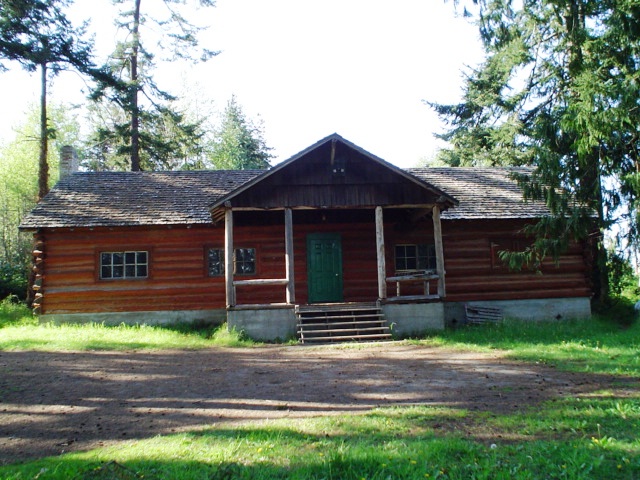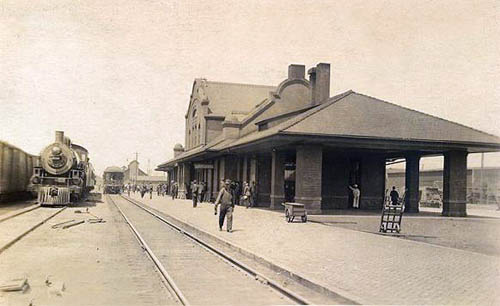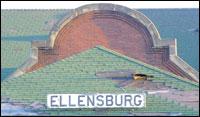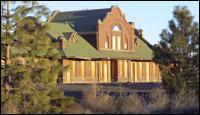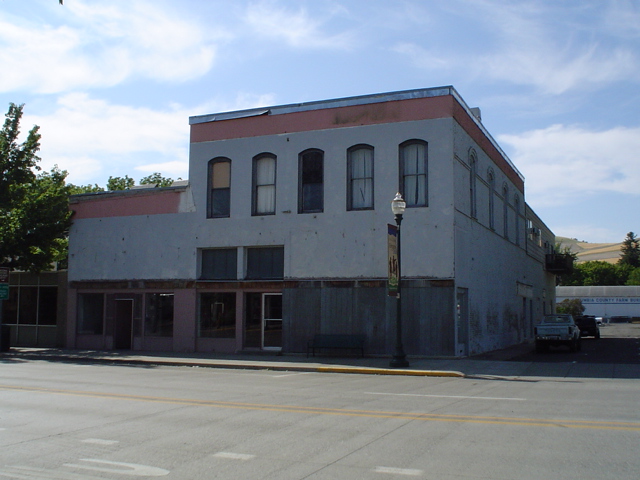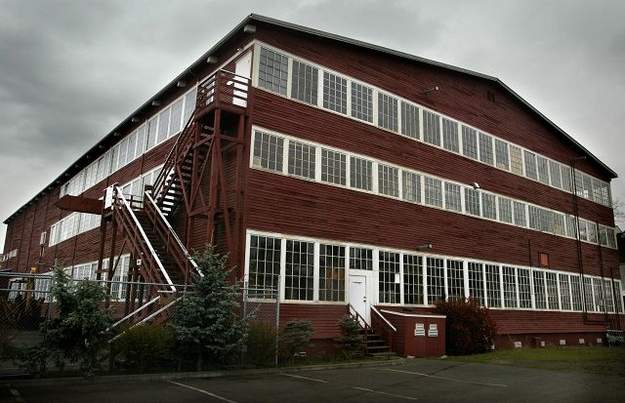B Reactor is the world’s first full-scale plutonium production nuclear reactor. It was constructed in only 13 months, from October 1943 to September 1944, and became operational under the supervision of pioneer physicist Enrico Fermi. B Reactor is widely recognized as the building that gave birth to the Atomic Age and one of the most stunning technological advancements of the 20th century. Located at the U.S. Department of Energy’s (DOE) Hanford Site, B Reactor was the first of nine reactors built on the reservation as part of the top-secret Manhattan Project initiated by President Franklin D. Roosevelt. Plutonium extracted from B Reactor was used in the Trinity Test—the world’s first nuclear explosion, in Alamogordo, New Mexico—as well as the “Fat Man” bomb the United States used against Japan in World War II.
The story of Hanford’s B Reactor was once one of the most secure secrets imaginable, but today it is a well-known historic site. Yet, as clean-up efforts at Hanford began in 1989, B Reactor’s future was uncertain. Questions persisted over which structures, if any, should be saved given the high levels of contamination. Some debated the value of saving any buildings the vast majority of the public might never see. The Washington Trust sought answers to these questions by including the B Reactor on the 2004 Most Endangered List. The listing coincided with a federal study to consider the addition of Manhattan Project sites to the National Park System. The Washington Trust advocated for this, along with the B Reactor Museum Association, Department of Energy decision-makers, Senators Maria Cantwell and Patty Murray, and then-Representative Doc Hastings. Completed in 2008, the study recommended including the property in a new Manhattan Project National Historical Park, allowing B Reactor to be removed from the Most Endangered List. In December 2014, legislation sponsored by Senator Maria Cantwell was passed to create the Manhattan Project National Historical Park. Park planning remains underway, but the public can already tour the B Reactor and see its intact control room and exhibits.
Read more from our “40 for 40” featured story from the Washington Trust’s 40th anniversary in 2016.



